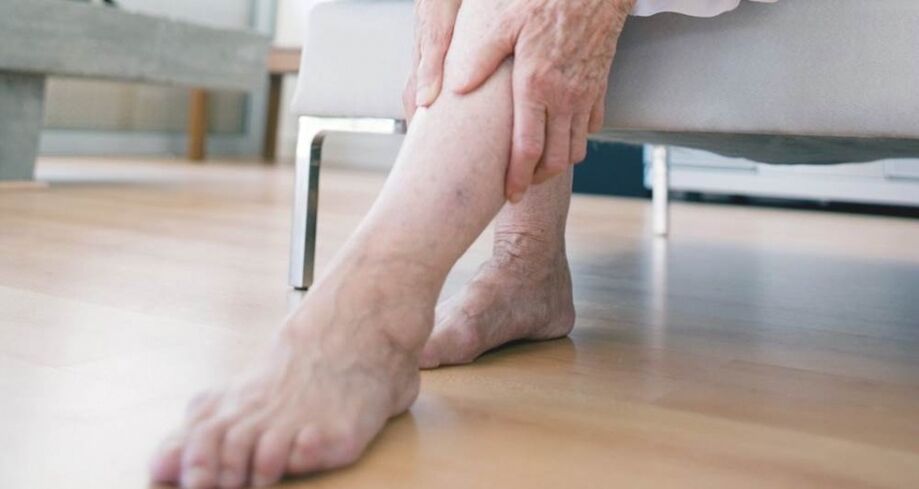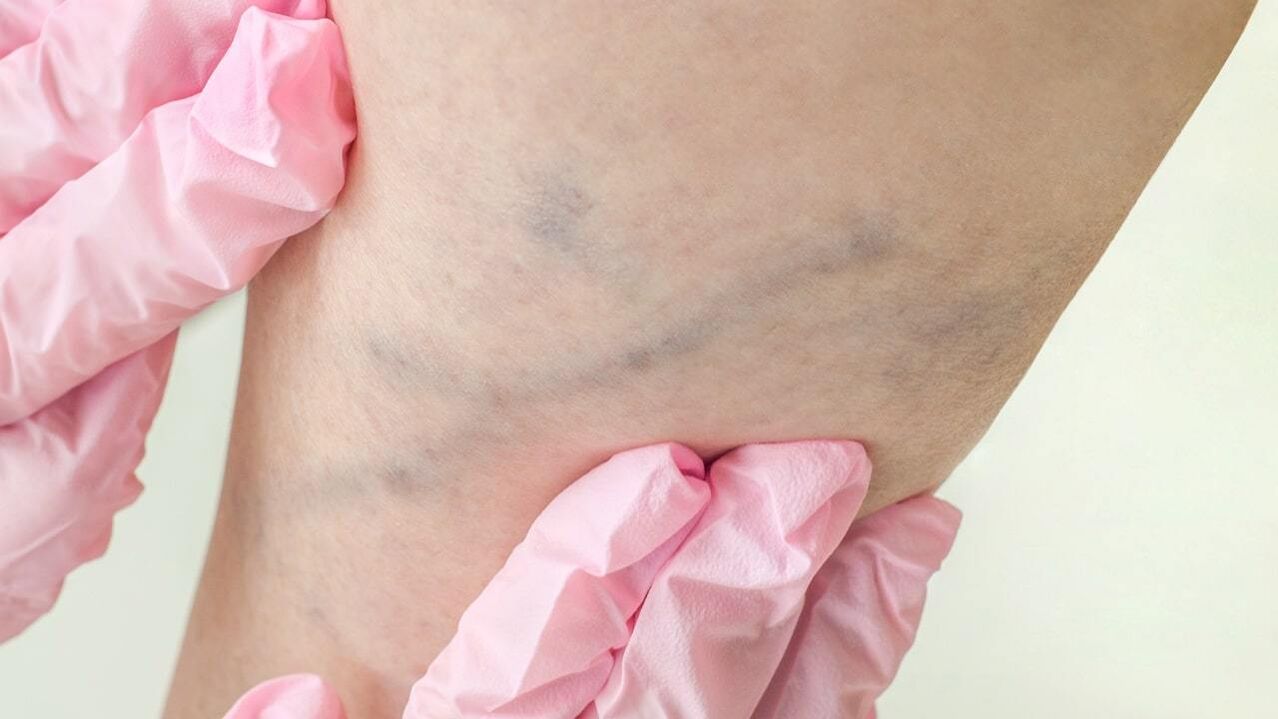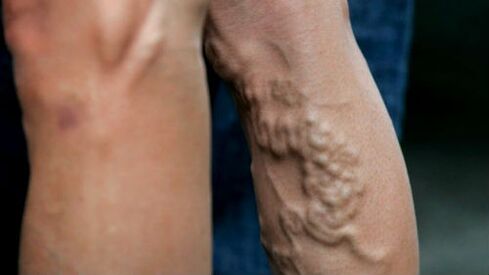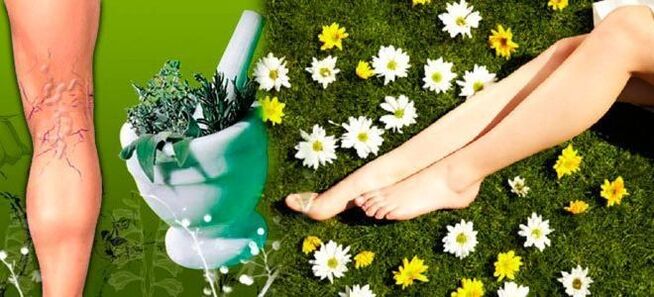varicose veins orphlebeurism- this is a systemic pathological change in the veins, which is accompanied by their expansion, stretching, bending and formation of nodes, due to which the work of venous valves is disturbed and blood flow is disturbed.

A change in blood flow almost always leads to changes in the body. The movement of blood in the veins depends not only on the state of the vascular wall, but also on the state of the venous valve, the work of which creates the movement of blood, regulates the direction and power of flow.In healthy veins, there is some balance between vein thickness, vein tone, and valve activity.. When one of these elements changes, the load on the others increases. For example,when the valve fails, blood flow decreases, a larger volume of fluid begins to accumulate in the veins, due to the increased load on the walls, which subsequently lose their elasticity and stretch. All these changes can lead to stagnation of blood in the lower extremities, resulting in inflammation, pain, and swelling due to tissue malnutrition.
varicose veins symptoms
Pain is one of the first symptoms that can appear at any age and must be treated.
- In phase 1:discomfort occurs at the end of the workday, tingling and burning in the legs may be present. This indicates an increased load on the venous system of the legs.
- In phases 2 and 3:the appearance of pain and cramps in the calf muscles.
- In 4 steps:Severe pains of a tense and arching character that cause lameness.

Edemaare also included in the symptoms of this disease and can appear from its early stages. Usuallyedema varies in severity in different legs, since absolutely identical violations are rare. Varicose edema in the legs must be distinguished from edema in heart failure.
Itch- one of the most common symptoms after pain. It can also appear in the early stages, but is most often noticed in stages 2 and 3 of the disease.
Why do legs itch with varicose veins?
thisassociated with vascular wall expansion and nervous system response in tissues. Due to the expansion of the vein, it puts pressure on the surrounding vessels and capillaries, which can damage them, and the nerve endings transmit these sensations as itching, or the effect on the nerves will be direct.
It is worth noting thatthe itch will be internaland most of the time it will not bring relief from trying to influence you by external means.
How are varicose veins on legs?

You need to know the answer to this question and have some ideas about the disease so you don't panic ahead of time and start treatment for a non-existent disease.
In addition to physical discomfort, the disease is also manifested by external signs:
- Thin blue mesh on the legsthis is no cause for panic as it symbolizes the defeat of the superficial vessels, but if it increases in area, gets brighter or starts to protrude, this is a direct route to a specialist consultation and a lifestyle review.
- bruises and bruisesmay indicate vessel damage and subcutaneous hemorrhage due to an acute load on the veins. Usually this symptom indicates the progression of the disease.
- The appearance of red spots on the legs, desquamation of the skin and its thinning speaks of atrophic processes characteristic of the later stages of the disease.
Prevention and treatment of varicose veins

The main actions and procedures for the prevention and treatment of varicose veins:
- recommendedactively moveeveryday. Walking, yoga and running will be very useful sports for the health of the veins of the lower extremities.
- Prolonged position increases stress on muscles and veins.
- Avoid the cross-legged posture, compresses the veins and impairs blood circulation.
- Don't get too carried away with hot bathsand saunas, prolonged exposure to high temperatures affects the tone of blood vessel walls.
- Don't wear tight pants, give preference to loose clothing and comfortable underwear.
- Bad habits, and especially smoking - negatively affect the tone of the walls of blood vessels.
- Light foot massageIt's a good way to prevent.
- Permanentspecialized visitwith an existing problem is also necessary.
Prevention of varicose veins in the legs in women
- Pay attention to the sock elements of your wardrobe. costsavoid socks and stockings with overly tight elasticsthat pulls the leg.
- The choice of shoes should also be taken seriously:high heels should not be worn daily, also be careful to choose shoes with straps and strings, especially around the ankle.
varicose veins treatment
The treatment needs to beunder the supervision of a phlebologist. After the laboratory and instrumental diagnosis, the specialist determines the degree of the disease and prescribes the treatment.
There are several methods of treatment: drug therapy, surgery, exercise therapy.

Medical therapy includes:
- Anticoagulants (for blood thinning);
- Antiplatelet agents (prevention of thrombus formation and improvement of tissue nutrition);
- venotonics;
- Non-steroidal anti-inflammatory drugs for severe pain and inflammation.
Surgery includes:
- Laser coagulation method: eliminates surface defects in the form of surface meshes and stars;
- Sclerotherapy: "gluing a vein" by introducing special substances and disconnecting it from the bloodstream;
- Phlebectomy: Surgical removal of a vein.
Exercises for varicose veins in the legs

Physical activity and uniform exercises help to deal with varicose veins.
- Standing position, feet shoulder-width apart, hands placed along the body.We tiptoe up, hold in this position for 2 seconds and fall sharply onto your heels.
- Standing position, hands on the wall or the back of a chair, roll from heels to toes and vice versa for 2 minutes.
- A useful exercise would bewalking in place, the socks do not come off the floor. also usefulwalking on tiptoes or heels.
- Lying position, lift your legs and perform"bicycle" movement.
- Sitting position: alternatebend and unfold the legs, then feet.
Folk remedy for varicose veins in the legs
Treatment with herbal ingredientsmany doctors prescribe it in combination with the main drug or exercise therapy. It is also welcome in the early stages of the disease, when the course of the disease has not yet begun.

What foods are best for vein health?
- nutmeg. It is welcome as a food supplement, decoctions and tinctures.
- Lemon: tinctures, lemonades, oils.
- Red-haired: very useful in combination with lemon, also decoction, tincture, compresses.
- compresseswith white cabbage, oils, honey on more painful areas will relieve symptoms.
- If oneswollen leg due to varicose veins: an aloe vera, burdock compress will help relieve swelling. In combination with this, they give a good effect.decoctions of cranberries, wild rose, cumin, thyme, oregano.
Folk remedies for varicose veins on the legs contribute to a quick recovery and do not cause complications that can lead to drug treatment.
The most important thing in the treatment is the understanding that, in advanced cases, folk remedies do not give a strong effect, soI need to consult a specialistand don't choose treatment alone.
If this disease is present in an elderly person, they will need help to properly perform exercise therapy (which will be an integral part of the therapy) as exercises may be different for elderly people.
Likewise, it is necessary to correctly and timely selectdrug therapyto avoid further complications in the body. For example,the result of inadequate treatment can be thrombosis of superficial and deep veins, as a result of severe inflammation and even necrotic processes, trophic ulcers that heal for a long time can develop.
To avoid dangerous complications, seek advice and help from specialists, especially if you cannot independently control the treatment and follow all necessary recommendations.












































